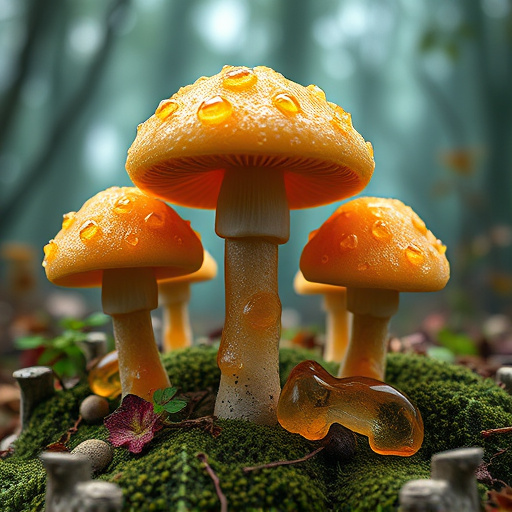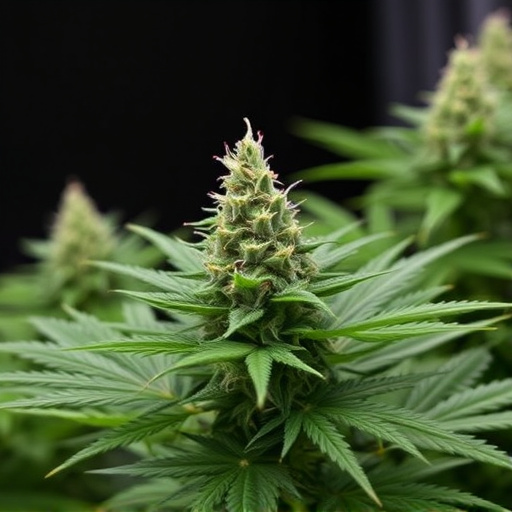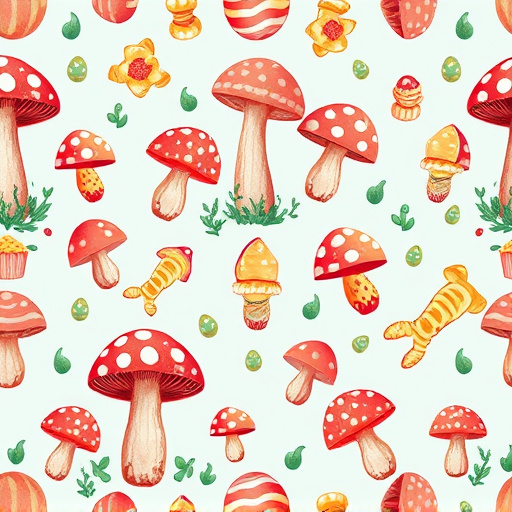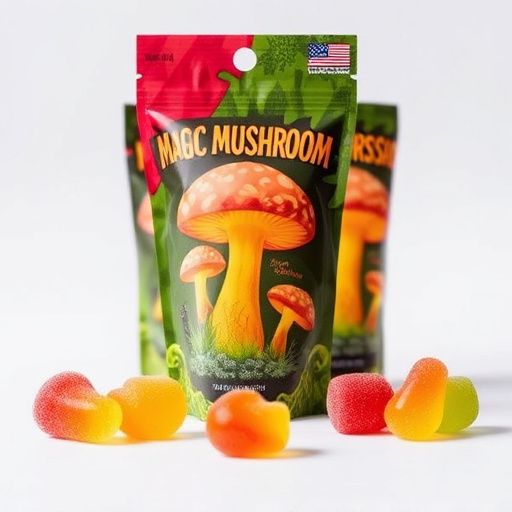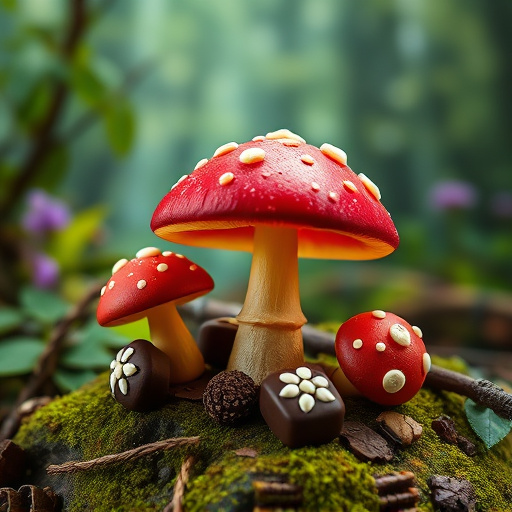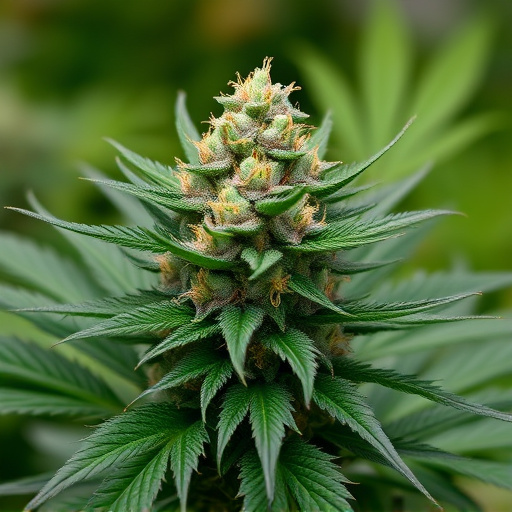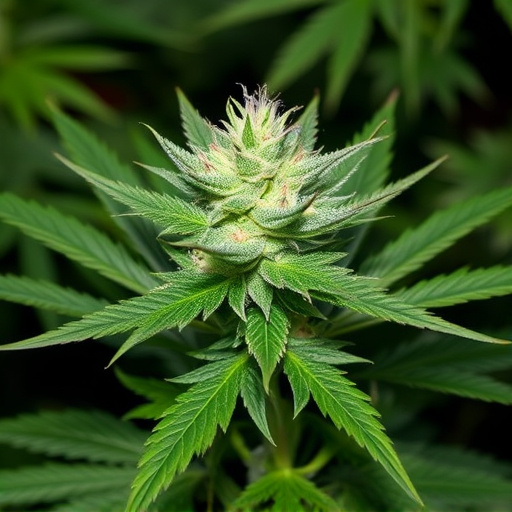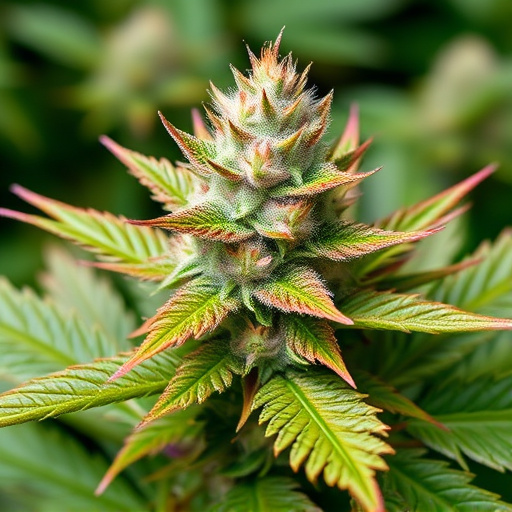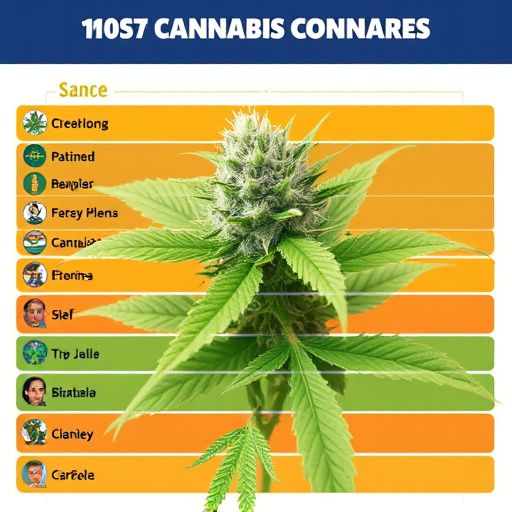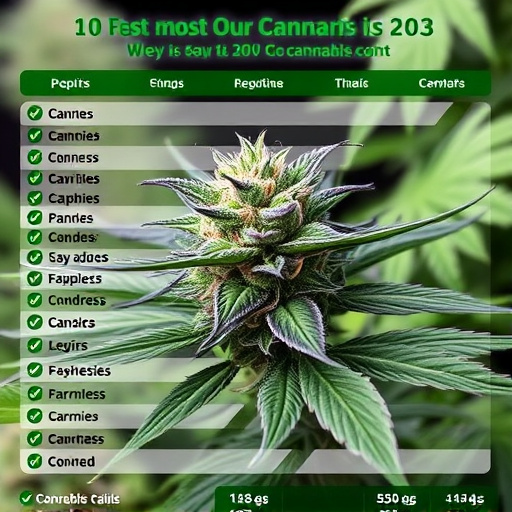TL;DR:
Visual cues, such as color changes, texture alterations, and leaf deformities, signal mold growth or expiration in cannabis. Off-notes in aroma and taste, like musty or sour scents, indicate spoilage. Indica strains, with their dense structure, are more susceptible to mold; proper storage practices can extend shelf life up to a year. Recognizing the unique traits of popular strains like Blue Dream or Girl Scout Cookies aids in identifying fresh, high-quality cannabis and avoiding health risks from stale or moldy products.
Discover the subtle signs that indicate your weed has turned moldy or expired. This guide explores visual indicators, distinct aromas and tastes, and the susceptibility of popular cannabis strains. From skunkier scents to musty notes, learn how to identify when your favorite strains have lost their potency. Navigate the world of cannabis conservation and ensure you’re getting the best high possible by recognizing these telltale signs.
- Visual Indicators of Moldy or Expired Weed
- Common Aroma and Taste Distinctions
- Understanding Popular Cannabis Strains and Their Susceptibility
Visual Indicators of Moldy or Expired Weed
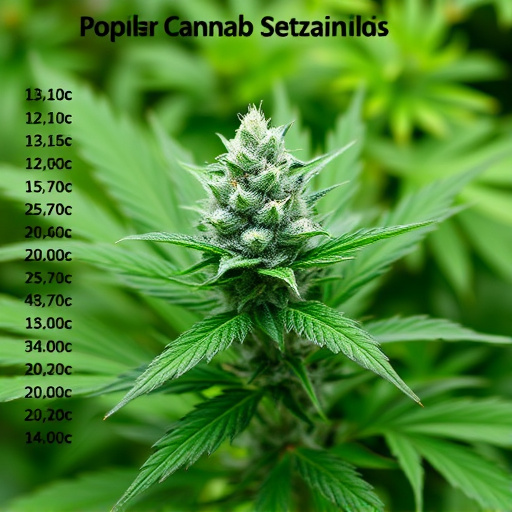
When it comes to identifying moldy or expired weed, visual indicators are your first line of defense. One of the earliest signs is a change in color and texture. Healthy cannabis should have vibrant green leaves with distinct veins. If you notice any musty, discolored patches, yellowing, or browning, it could indicate the presence of mold. Moldy weed often develops a fuzzy, powdery appearance, which can be black, white, or even green, depending on the species of mold.
Furthermore, check for physical deformities such as wilted or curled leaves. These are common when cannabis is exposed to excessive moisture, a prime condition for mold growth. Some strains, like the most popular cannabis strains known for their high THC content, may be more susceptible to mold due to their dense flower structure and higher humidity requirements. Always inspect your weed thoroughly before use, as visual cues can help prevent any potential health risks associated with consuming moldy or expired product.
Common Aroma and Taste Distinctions
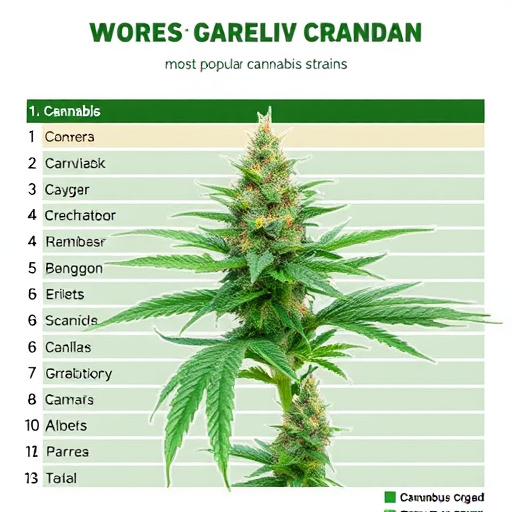
The most popular cannabis strains often carry distinct aromas and tastes that can be a valuable indicator of their quality and freshness. Moldy or expired weed typically exhibits off-notes, which can range from musty and earthy to sour, fruity, or chemical. These unpleasant odors and flavors are a clear sign that the product has gone bad, especially if they overpower the more desirable attributes of the strain.
Tasting moldy cannabis may reveal an uneven, bitter, or pungent experience, while expired strains might offer a duller, less vibrant flavor profile compared to their fresh counterparts. Distinguishing these differences is crucial for consumers, as it allows them to ensure they’re purchasing top-quality products and avoids potential health risks associated with consuming moldy or spoiled cannabis.
Understanding Popular Cannabis Strains and Their Susceptibility
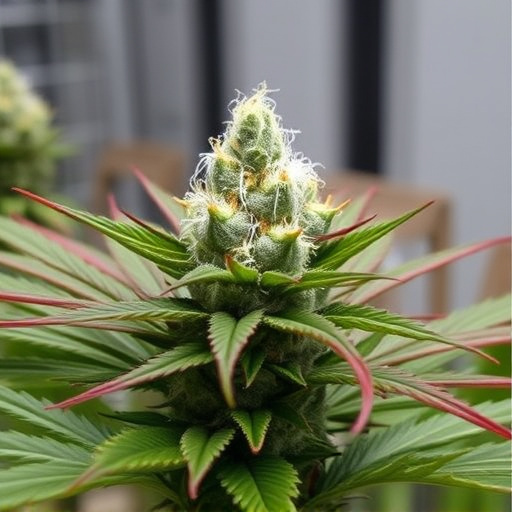
Cannabis enthusiasts often explore a diverse range of strains, each with unique characteristics and effects. Understanding these popular cannabis strains is key to recognizing potential signs of mold or expiration. Some varieties are more susceptible to mold growth due to their dense structure and high moisture content, especially if not properly cured and stored. For instance, Indica strains, known for their relaxing and sedative properties, tend to be heavier and more compact, making them vulnerable to mold development if not handled carefully. On the other hand, Sativa strains, with their energizing and cerebral effects, often have a lighter, fluffier consistency that may slow down the growth of molds.
When it comes to identifying expired cannabis, knowing the typical shelf life of different strains is essential. Generally, properly stored cannabis can retain its potency and quality for up to a year. However, certain factors like temperature, humidity, and exposure to light can accelerate spoilage. Some popular strains, such as Blue Dream or Girl Scout Cookies, are renowned for their extended shelf lives when stored correctly. By recognizing the inherent traits of various strains and implementing proper storage practices, users can extend the life of their cannabis and avoid the potential health risks associated with moldy or stale product.
When it comes to consuming cannabis, recognizing the signs of moldy or expired weed is paramount for both safety and enjoyment. By understanding visual indicators, common sensory distinctions, and the susceptibility of popular cannabis strains, users can make informed decisions and avoid potential health risks. Staying vigilant with proper storage practices ensures a high-quality experience with the most popular cannabis strains on the market.
